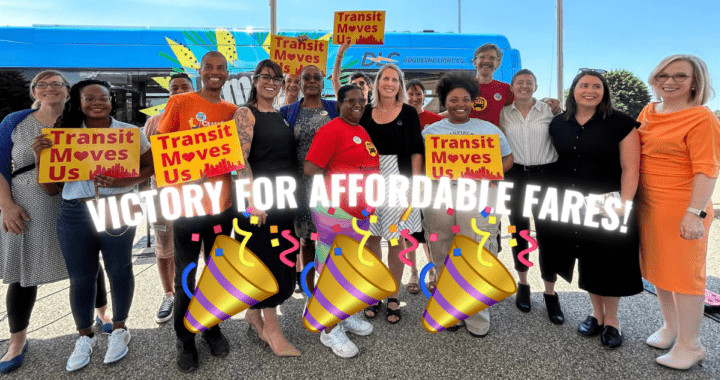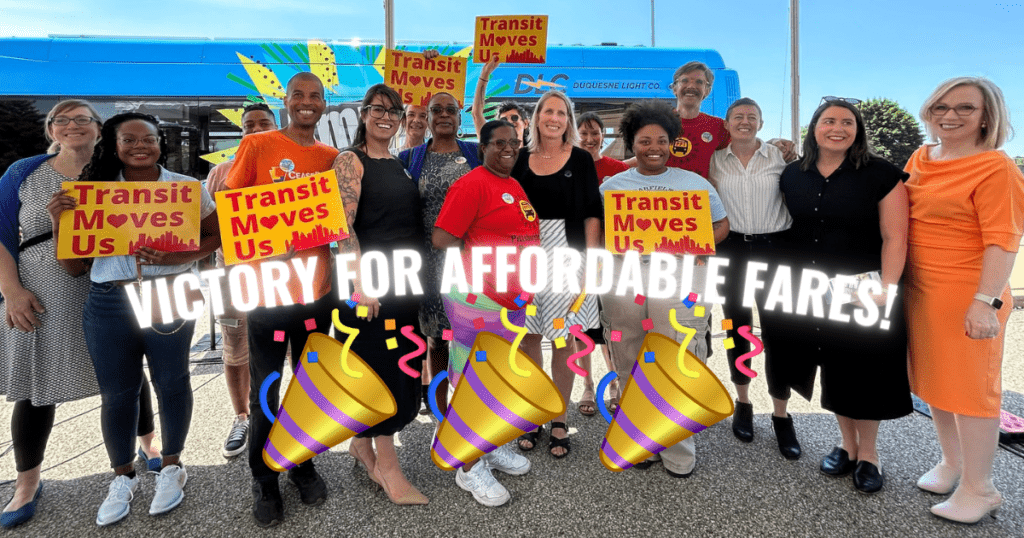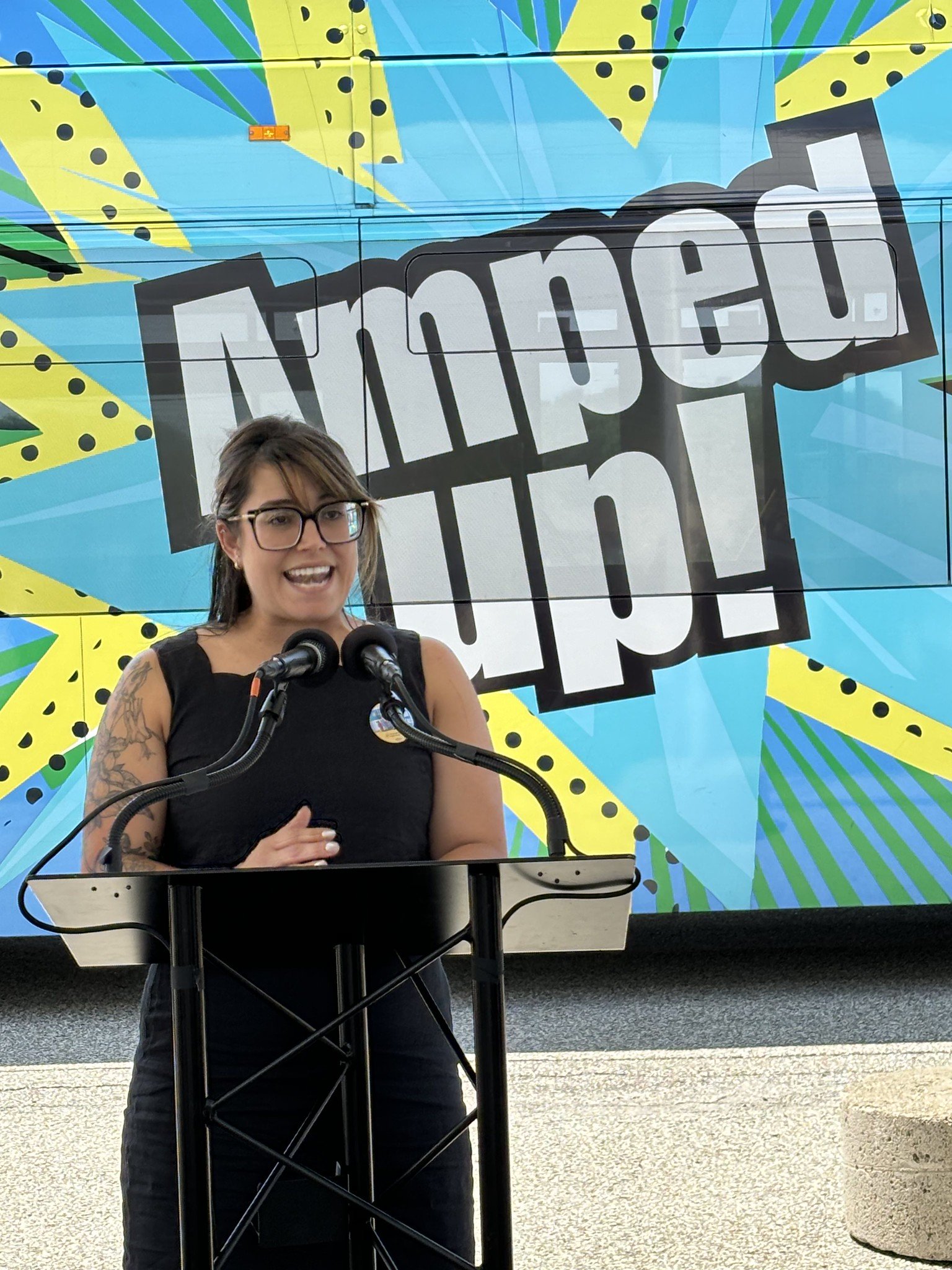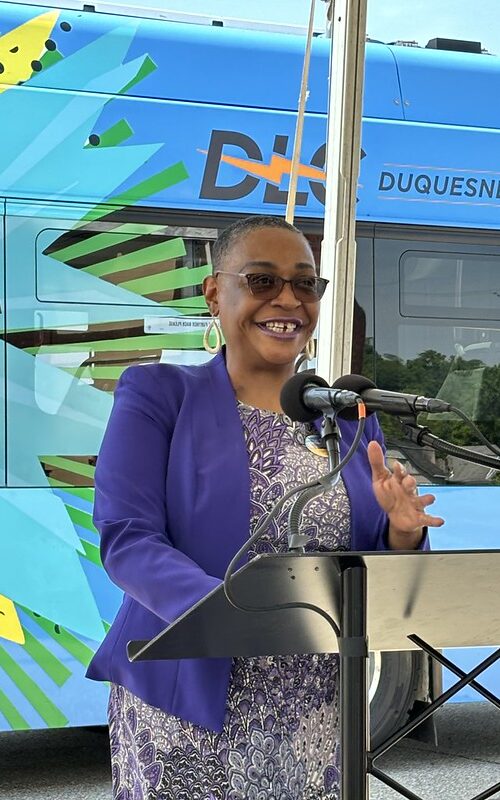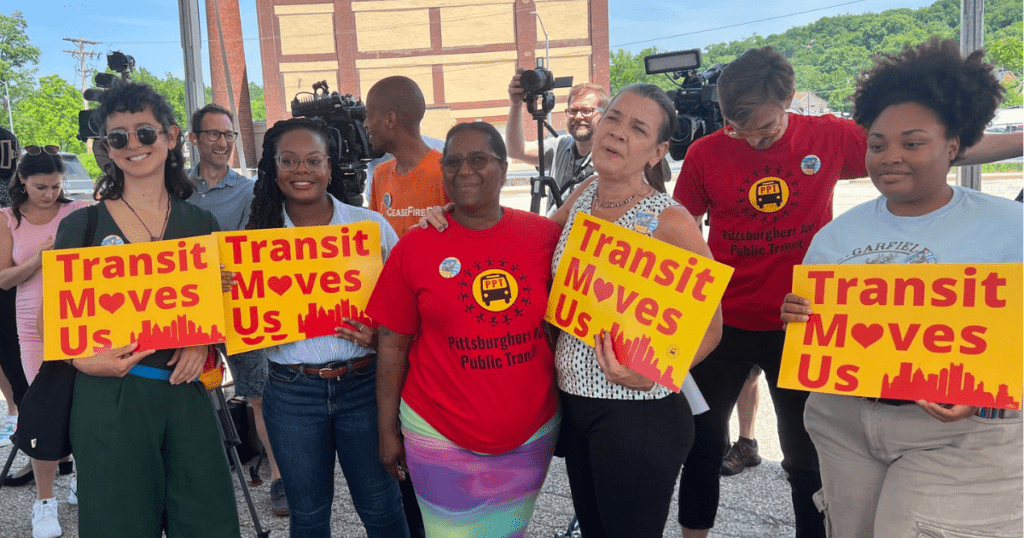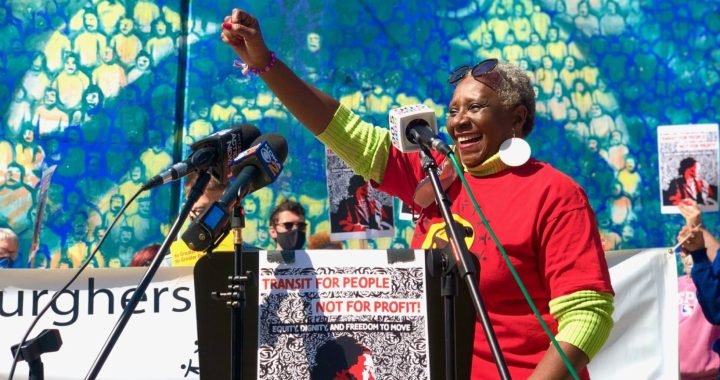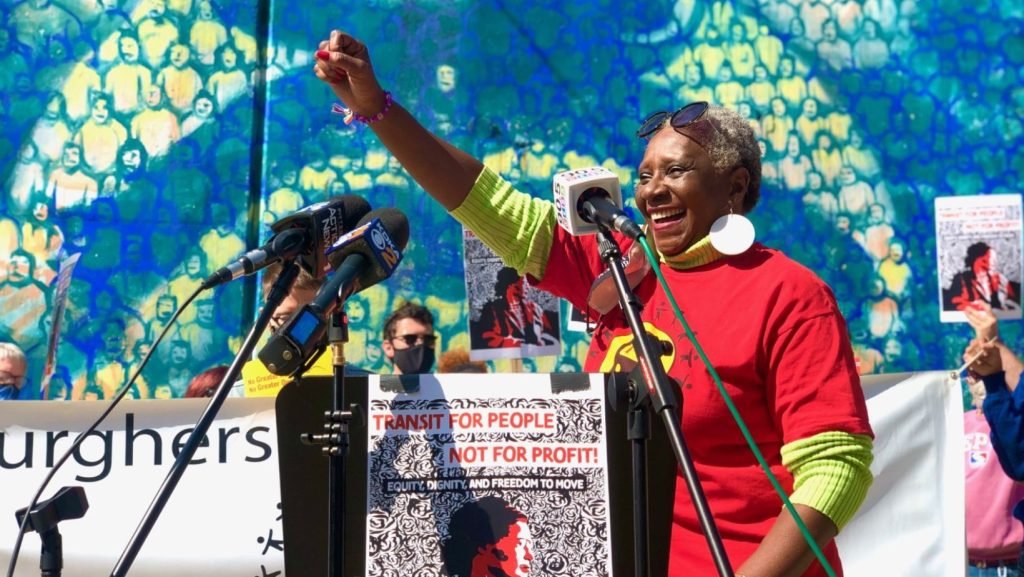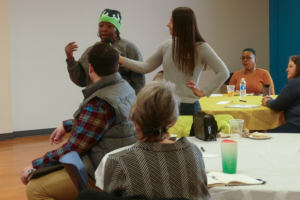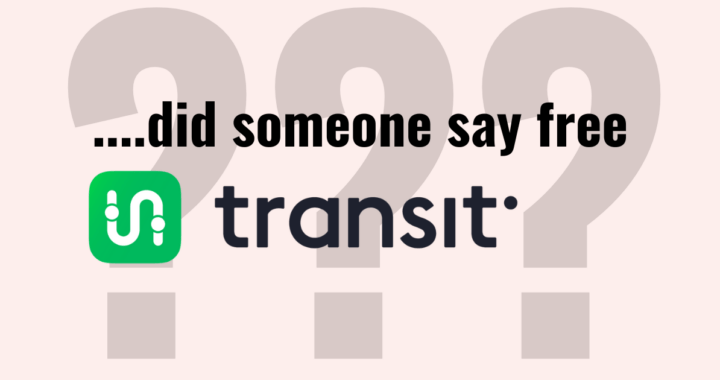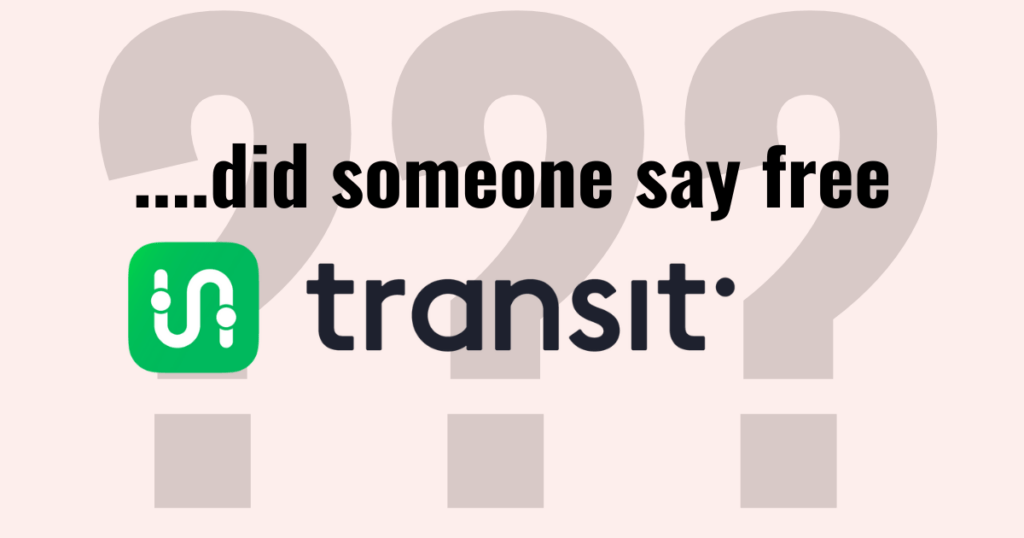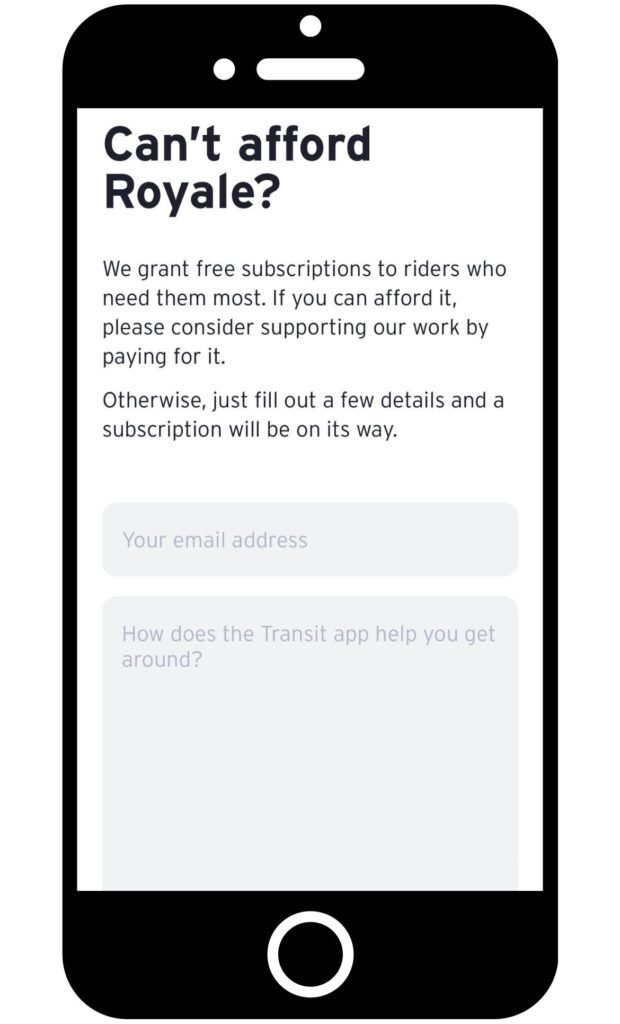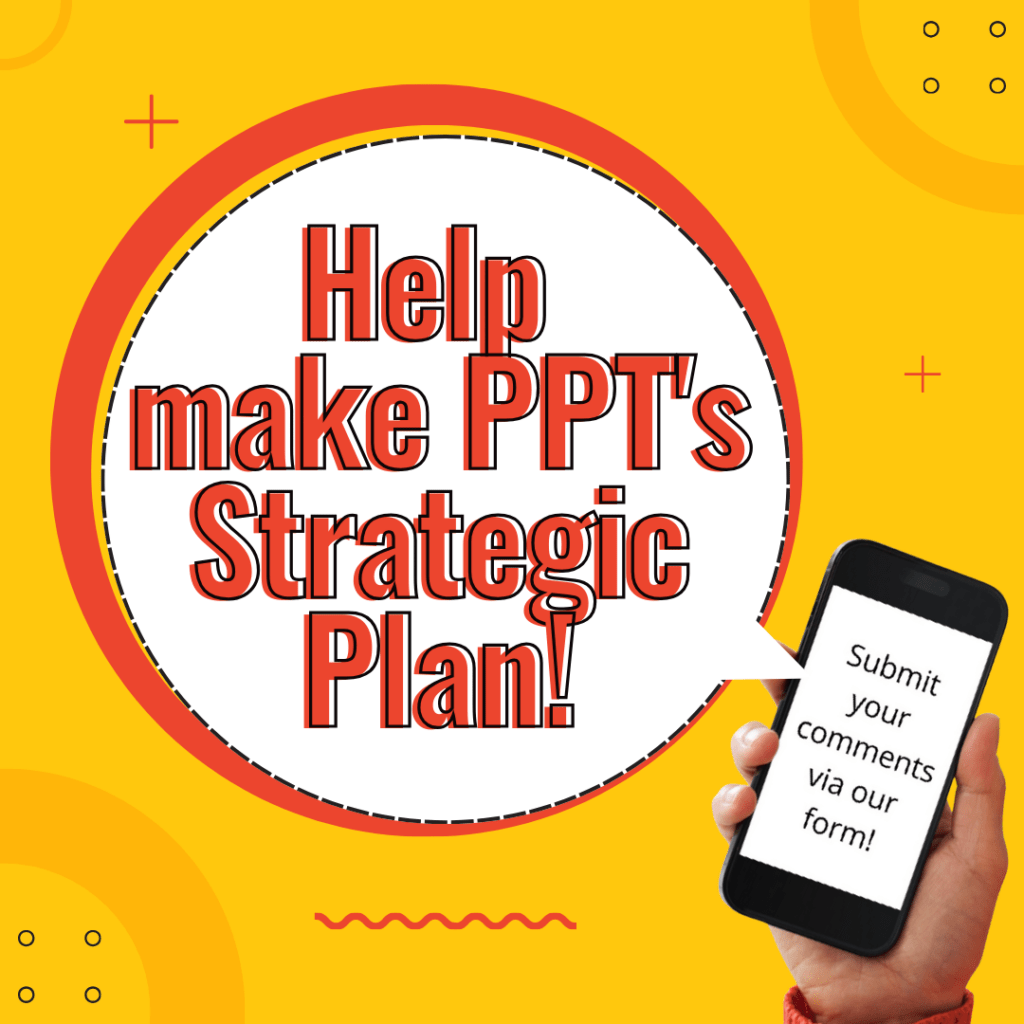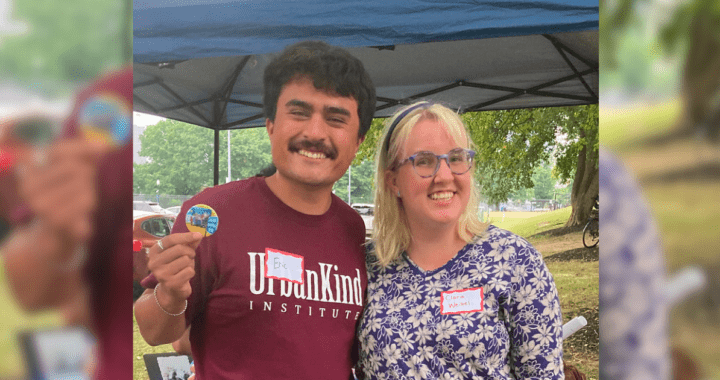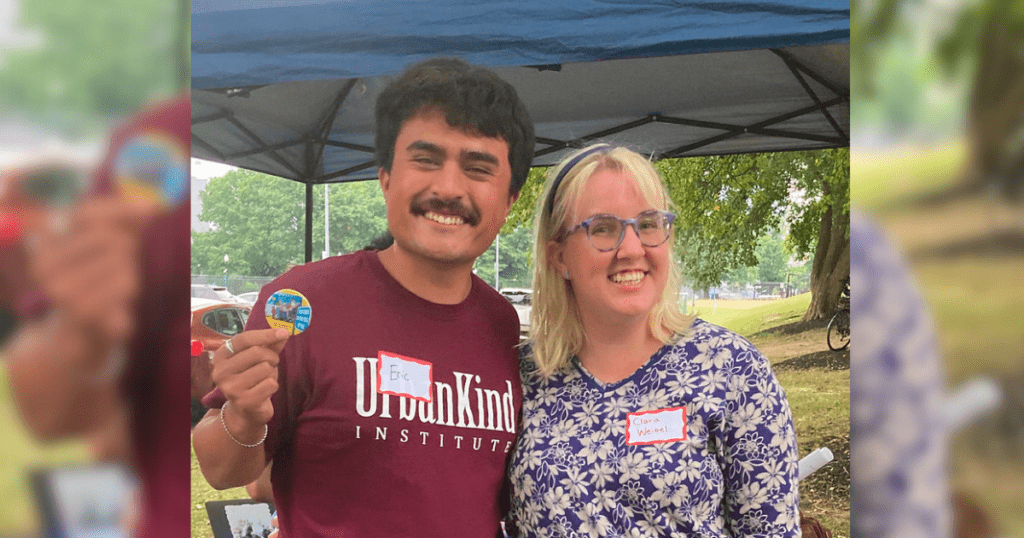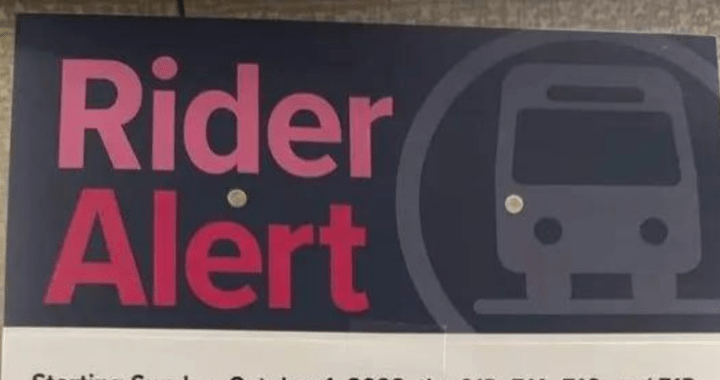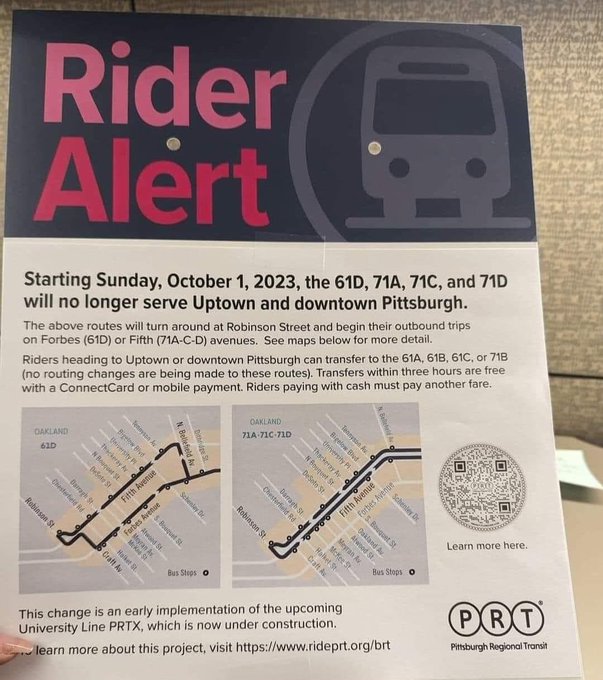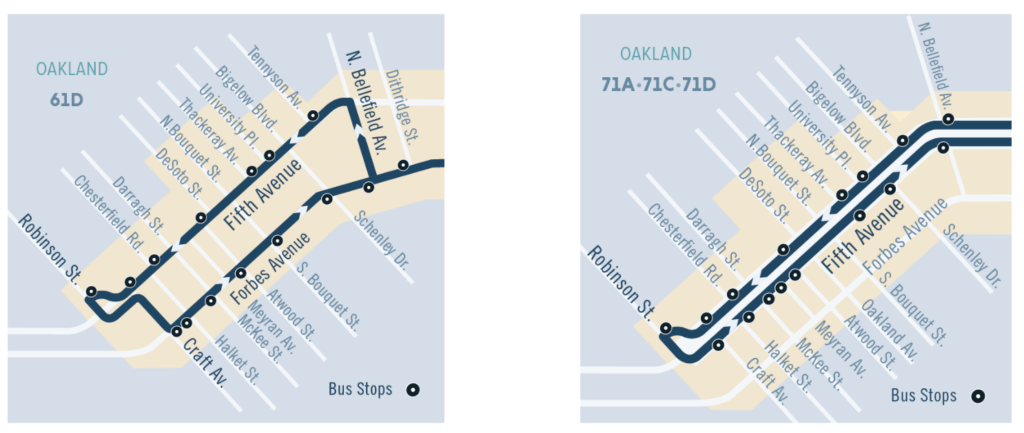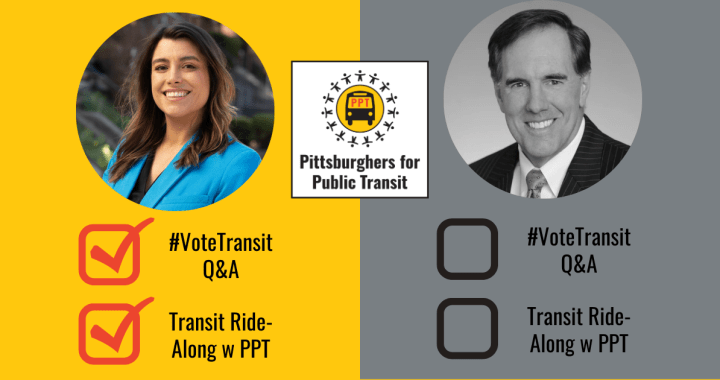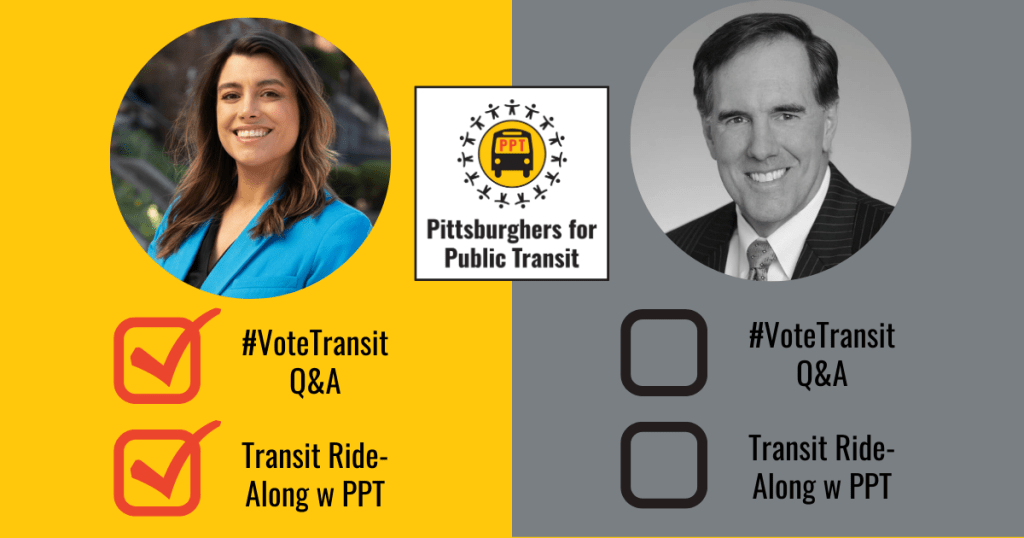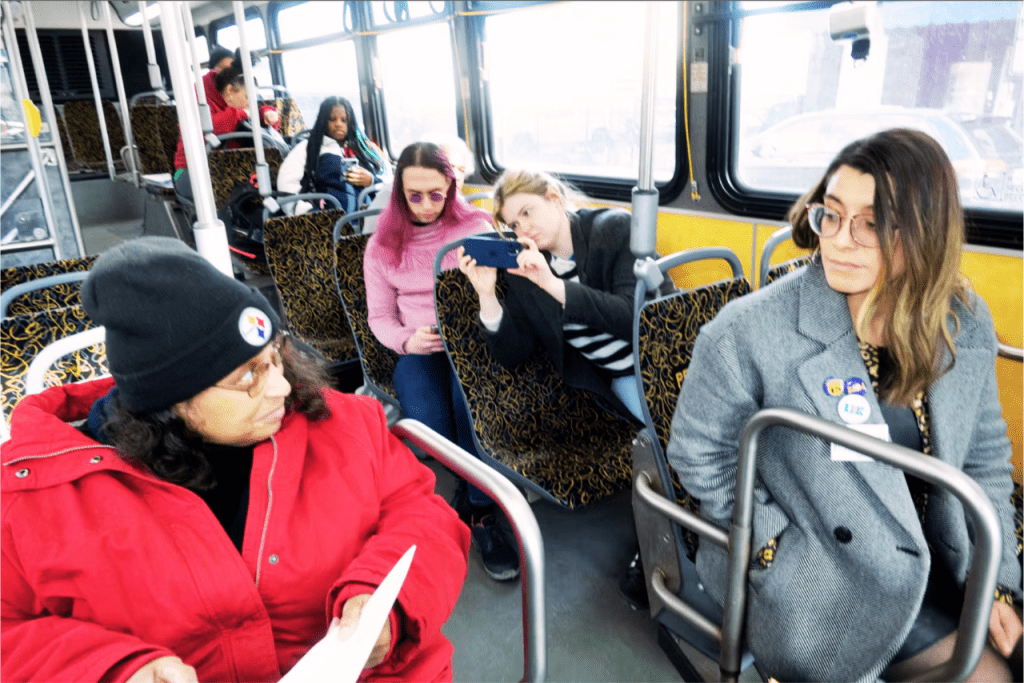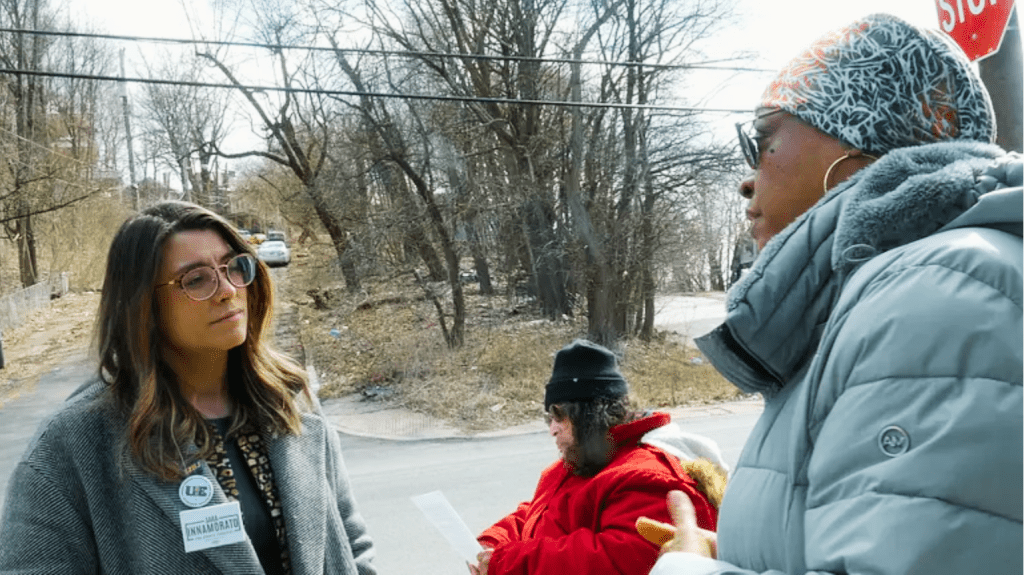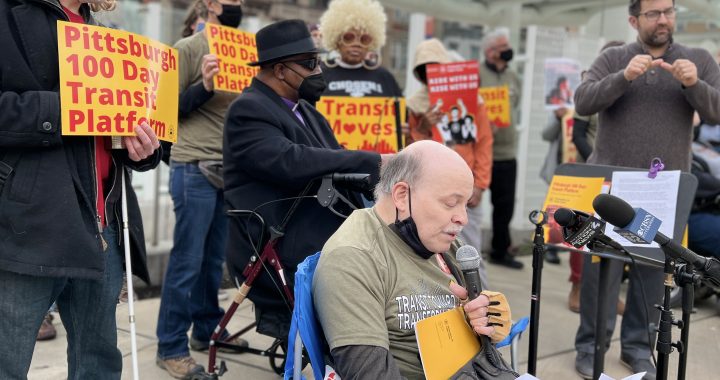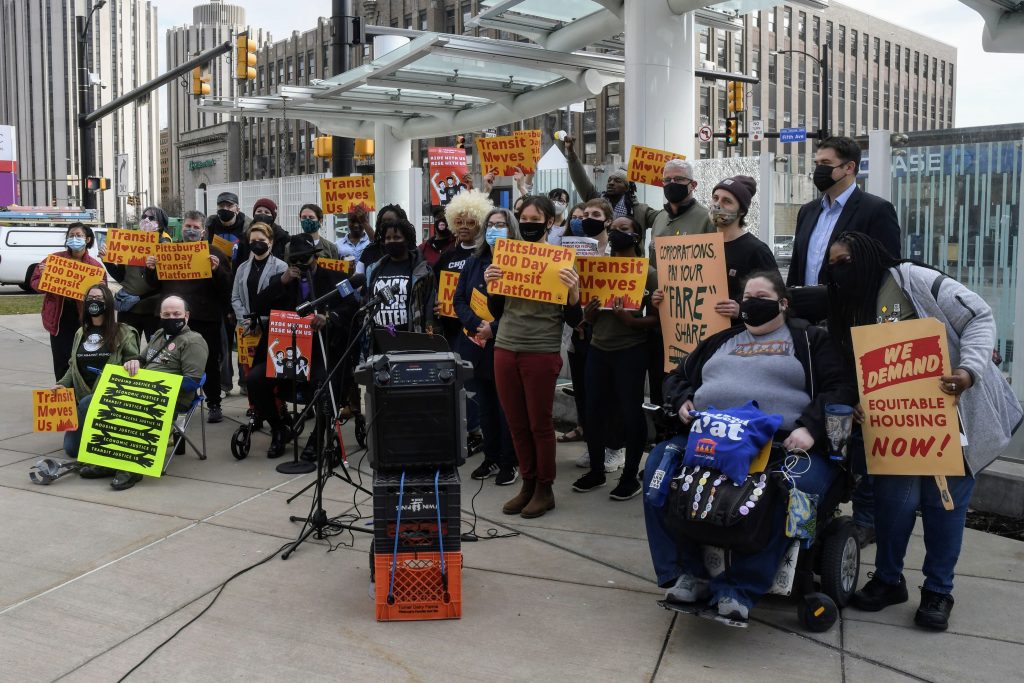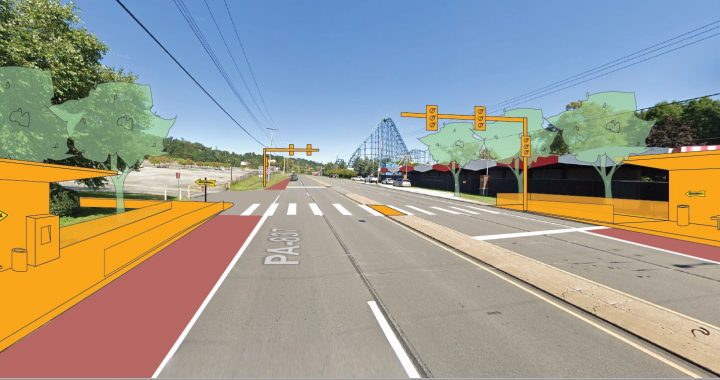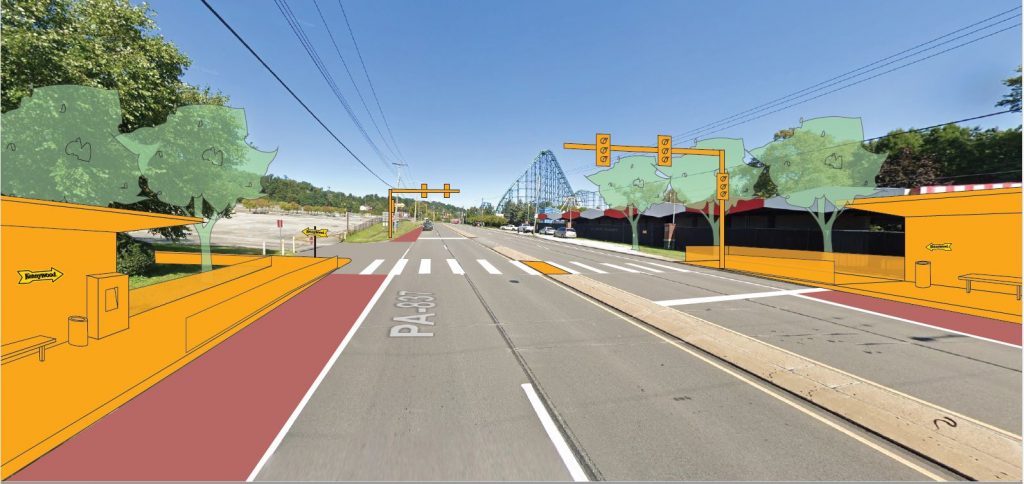
Image Description: Blue, Tropical themed background with poppy, yellow summer text stating “Save The Date, PPT Summer Party”, with the dates and details. We have image bubbles of our members smiling, and laughing outside at the last summer party in 2023.
We have big dreams, and big goals for our transit system this year. PPT members will share what it will take for us to accomplish our ambitious goals and what those wins mean for our families and our communities to live full, and vibrant lives, starting with the launch of our Visionary Transit Service Campaign!
Safe your spot by registering at https://www.mobilize.us/ppt/event/649297/
Details: The event will be a casual indoor/outdoor, mid-year celebration of the transit victories by PPT members in 2024! Wear what makes you feel comfortable and your best self. The picnic will be on August 14 at the indoor facility at Olympia Park in Mount Washington. Feel free to arrive and leave at whatever times work best for you. The event will begin at 5:00pm and end at 9:00pm.
What to expect: This is a family friendly event, with activities for kids and adults. Olympia Park has a playground and we will provide art supplies and games. Before/After our members’ remarks on our current campaigns, music will be provided, and we want to see you on the dance floor. Attendees should not feel obligated to attend the entire event.
Food: Come hungry! We will have food by Chicken Latino serving up the flavors of Peru, for free! Vegetarian, vegan and gluten-free options will be available, along with water and non-alcoholic drinks. While the food is complimentary with registration, please RSVP so that we can have a count of how many people to expect.
Accessibility: The distance from the 40 Mount Washington Bus stop is on a slight grade. Take care when using a manual mobility device. Some games and activities will take place outside of the shelter in grass. The bathrooms are indoors and have an accessible stall, but do not have an access button. There will be a DJ playing music inside the shelter, which could be loud, but we will do our best to play it at a volume that is comfortable for all attendees. Attendees should be ready for variable mid-August weather and lighting. There will be interpretation in both ASL and Spanish, upon request.
Getting there:The party will be held at Olympia Park Indoor Shelter House. Address; Olympia Rd. and Virginia Ave., Pittsburgh, PA 15211. The 40 Mount Washington-Duquesne Heights bus stop is within a 5-10 minute walk or roll and the Duquesne Incline is within a 10 minute walk or roll. Entrance for parking is on Virginia Ave, turn into the park across from Olympia Street. There is reserved disability parking closer to the shelter. There is a designated parking lot located at the end of Hallock Street and there is residential parking on Hallock Street. If you need help with transportation, contact PPT to discuss options, 312.307.2429 or info@pittsburghforpublictransit.org.
COVID procedures: Our event will be indoors with areas to socialize outdoors and areas surrounding it. The health and safety of our members is important to us. Masks are not required, but will be provided to everyone. We encourage everyone to take an at-home COVID rapid test before arriving. Please stay home if you are feeling sick or have come into contact with someone who has COVID-19.


